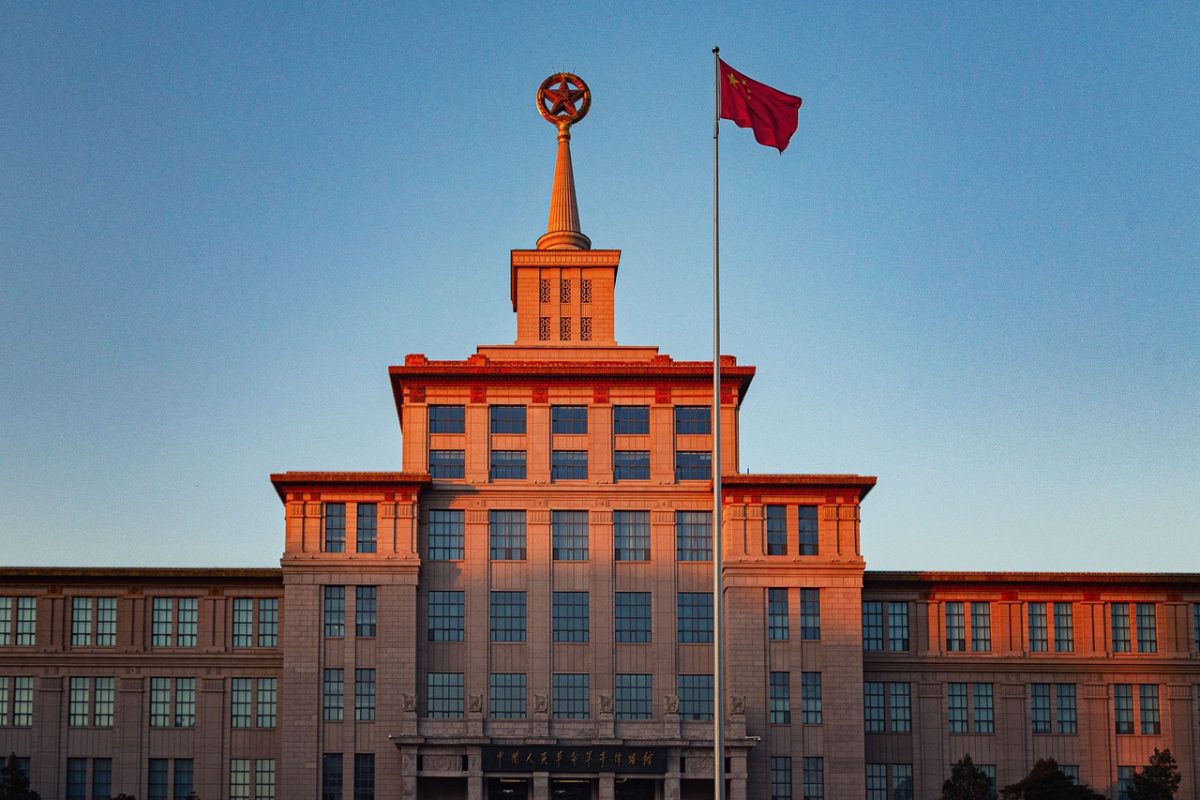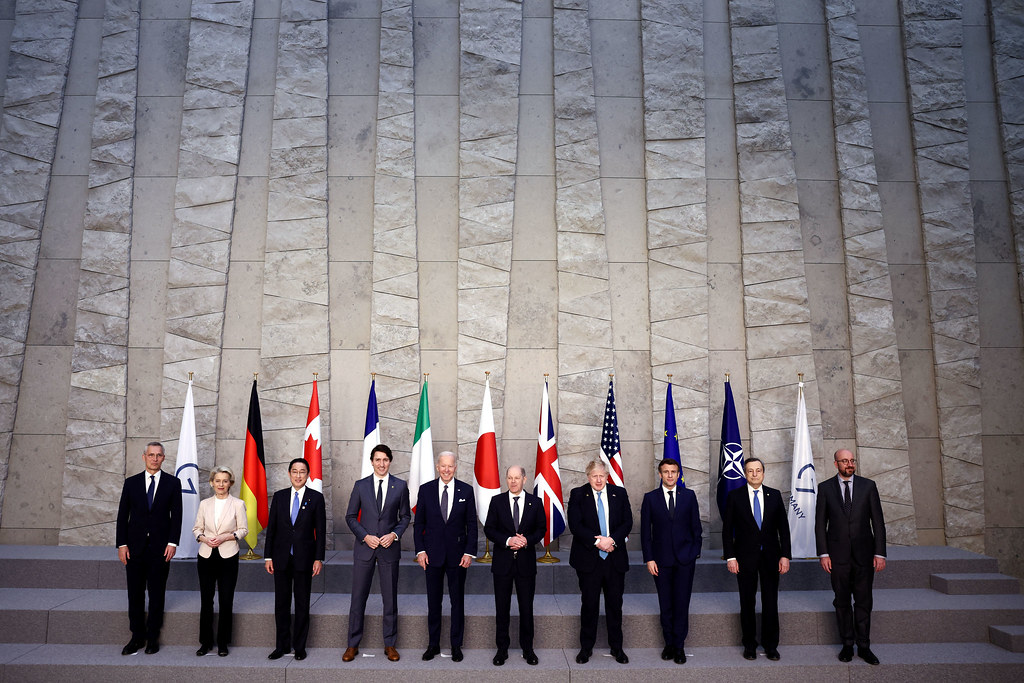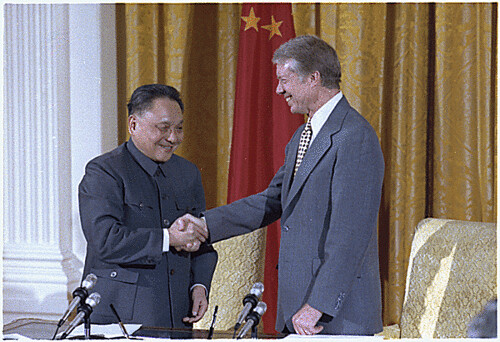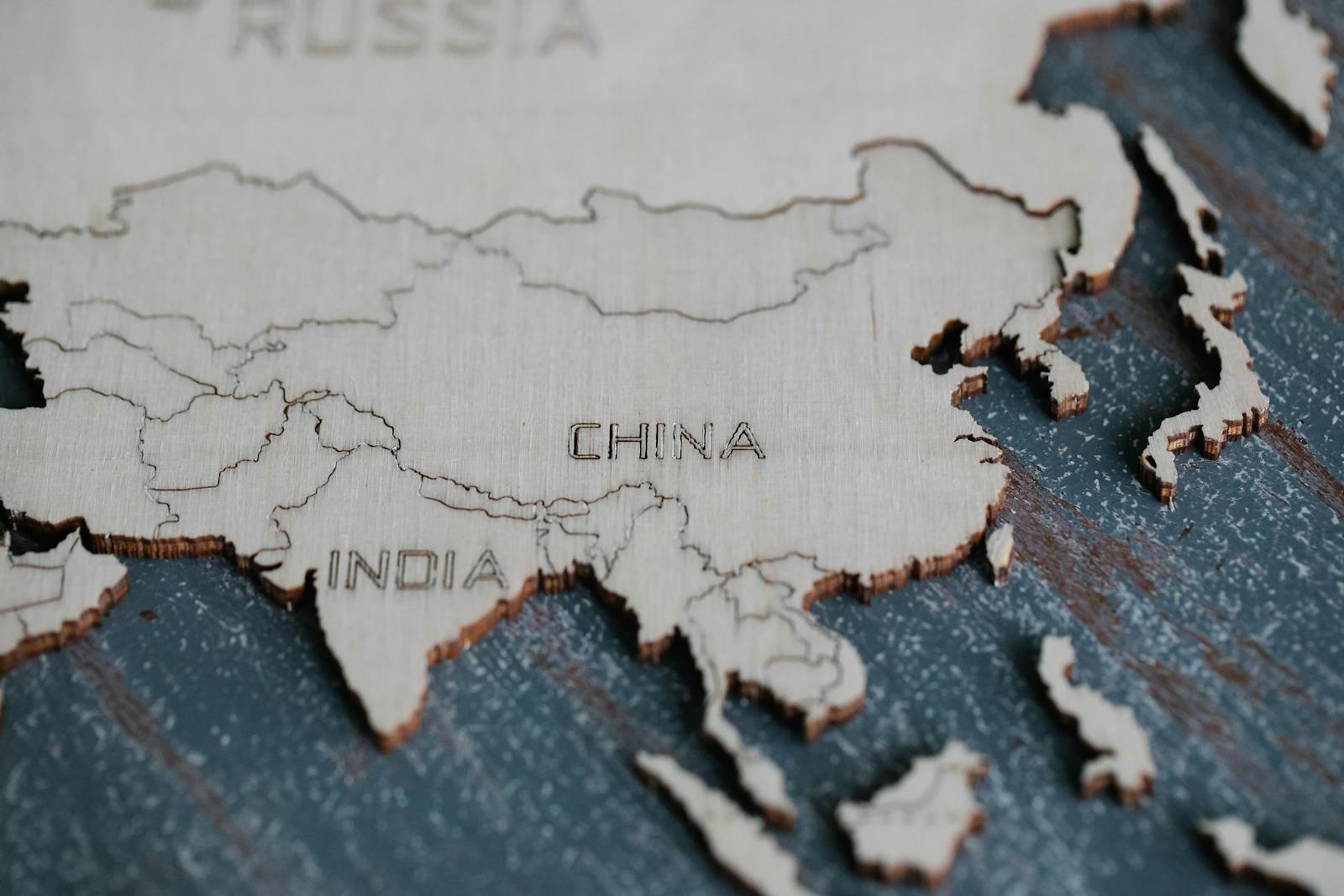As global tensions rise and geopolitical fault lines harden, China is positioning itself for potential conflict—though likely in a way that is both calculated and restrained. With its eyes set on regional hegemony and a broader reshaping of the global order, China’s actions over the past few years signal preparations that might help the nation navigate the complexities of a world war while safeguarding its core interests. From military buildups to economic influence and strategic alliances, Beijing is laying the groundwork for an era where it can flex its power without overcommitting to direct confrontation. Here’s a closer look at how China is preparing for what could be a global conflict, all while carefully managing the risks and uncertainties of such an escalatory move.
Strategic Neutrality and Limited Engagement: The Case of Ukraine

Initially, China may opt for a position of strategic neutrality or limited engagement, especially if its core interests are not directly threatened. This strategy would allow Beijing to carefully assess the trajectory of the conflict while minimizing the risk of overextension. The Russian invasion of Ukraine provides a case study in China’s approach to geopolitics in a world on the brink of conflict.
While China has refrained from openly supporting Russia’s actions, its position has evolved, notably in 2024, with some analysts observing that China’s neutrality is “vanishing.” Early in the war, China called for peace talks, avoiding direct confrontation with the West while ensuring that its key relationships, especially with Russia, were not jeopardized. At the same time, Beijing has leveraged the war to deepen its trade ties with Moscow and other regional powers, subtly positioning itself as a stabilizing force in Eurasia (U.S.-China Economic and Security Review Commission).
This delicate balancing act allows China to avoid becoming embroiled in an all-out conflict while safeguarding its strategic interests—such as the Belt and Road Initiative (BRI) projects and critical trade routes—that could be jeopardized by direct involvement.
Safeguarding Global Trade Routes and Access to Resources

China’s vast trade network and its reliance on critical resources have made safeguarding global trade routes a central element of its strategy. The Taiwan Strait, through which trillions of dollars in trade pass each year, is one such key chokepoint. In 2022, approximately $2.45 trillion worth of goods transited this narrow waterway, underscoring its strategic importance.
China’s military presence in the region has been ramped up, with large-scale military drills and the deployment of advanced anti-access/area-denial (A2/AD) systems around Taiwan. The country’s actions in the South China Sea, where it has constructed and militarized artificial islands, further bolster its ability to control critical sea lanes. These efforts are not just about asserting territorial claims but ensuring that critical maritime routes remain open in any potential global conflict.
Beyond military might, China has sought to secure its energy and food supply through both domestic policies and international partnerships. As the world’s largest importer of oil and a major importer of foodstuffs, Beijing’s growing reliance on external sources for these resources has made it sensitive to any disruptions in supply chains. China has significantly increased its efforts to diversify sources of both energy and food, ranging from expanding its renewable energy investments to securing agricultural contracts with countries in Africa and South America (Center for Strategic and International Studies).
Military Posture: Defensive and Regionally Dominant

China’s military posture, while modernizing and increasingly capable, remains focused on regional dominance rather than global projection. The Chinese government has made substantial investments in the People’s Liberation Army (PLA), with particular emphasis on its naval and missile capabilities. Large-scale military drills around Taiwan, as well as continued improvements to its anti-aircraft and anti-ship missile systems, indicate a readiness to defend its territorial claims, particularly in the Taiwan Strait and the South China Sea.
Alongside these defensive measures, China is also prioritizing its missile and cyber capabilities, investing heavily in technologies like AI-powered submarines and autonomous warfare systems. These advances are in line with China’s broader strategy of intelligent warfare practices, which emphasizes AI, robotics, and autonomous systems to outpace adversaries and minimize the need for large-scale human mobilization (Council on Foreign Relations).
Economic Warfare: Leveraging Supply Chains and Coercion

In an era where economic power is just as crucial as military strength, China has not been shy about using its position in global supply chains to exert influence. Over the past year, Beijing has deployed a range of economic tactics to weaken its rivals, from imposing trade restrictions on Lithuania and Australia to flexing its economic muscle against South Korea over its deployment of the THAAD missile defense system.
As a major player in critical mineral supply chains, China is also strengthening its relationships with resource-rich countries such as Russia, Iran, and those in Africa and South America. For example, China has deepened its ties with Peru, a major copper exporter, and further solidified its position as the largest trading partner in many South American nations. These strategic alliances help China secure access to critical materials like lithium, copper, and soybeans, which are indispensable to both its economy and military capabilities (CSIS).
Alliances and Proxy Warfare: Building a Coalition

One of China’s most significant strategies in preparation for potential global conflict is its cultivation of strategic alliances. While China has historically been cautious about formal alliances, it has been quietly nurturing relationships with Russia, North Korea, and Iran, effectively creating a bloc that could challenge Western power.
Beijing’s partnership with Russia is perhaps the most visible example, with the two countries declaring a “no limits” partnership in 2024. China has supported Russia economically, helping it bypass Western sanctions, while also providing military support. Similarly, China’s cooperation with Iran and North Korea has allowed these nations to evade international sanctions, and Beijing has participated in joint military exercises with both countries (National Interest).
Psychological and Information Warfare

China has long been active in controlling both domestic and international narratives, and this will play a pivotal role in its strategic calculations should conflict escalate. Domestically, China suppresses dissent and tightly controls public opinion, using state media and social media platforms like TikTok to shape global perceptions.
Internationally, China has deployed sophisticated misinformation campaigns to influence foreign publics and divide its adversaries. By manipulating social media and using AI-generated content, China seeks to destabilize its rivals from within, sapping their morale and eroding their unity in the face of conflict (AP News).
Escalation Management and Avoiding Direct Confrontation with the U.S.

While China prepares for conflict, it is unlikely to seek direct, large-scale confrontation with the U.S. early on. Instead, Beijing is focused on weakening American influence, particularly in the Asia-Pacific region, and undermining key alliances like NATO and the Quad. Through economic initiatives like the Belt and Road Initiative and military dialogues, China aims to present itself as a stabilizing force, while subtly weakening Western powers’ ability to mount a cohesive resistance.
Should conflict with the U.S. become inevitable, China has made it clear that it will not hesitate to escalate, particularly if its sovereignty or critical interests are threatened. Its nuclear deterrence capabilities, though maintaining a policy of “no first use,” signal a readiness to defend its core interests in the face of extreme threats.
Endgame: Regional Hegemony and Global Reshaping
Ultimately, China’s preparation for potential global conflict is driven by a desire to achieve two primary goals: regional hegemony in the Asia-Pacific and global influence that reshapes international governance in its image. By securing control over key maritime routes, advancing its military capabilities, building strategic alliances, and exerting economic pressure, China aims to position itself as a dominant global power that can challenge Western norms and institutions.
As tensions rise on the world stage, China’s cautious but determined approach reflects its deep understanding of the complexities of modern warfare, where economic, technological, and informational power are just as important as military might. Whether or not this strategy will lead to direct conflict remains uncertain, but Beijing’s preparations show that it is ready for whatever challenges may arise in the coming years.





